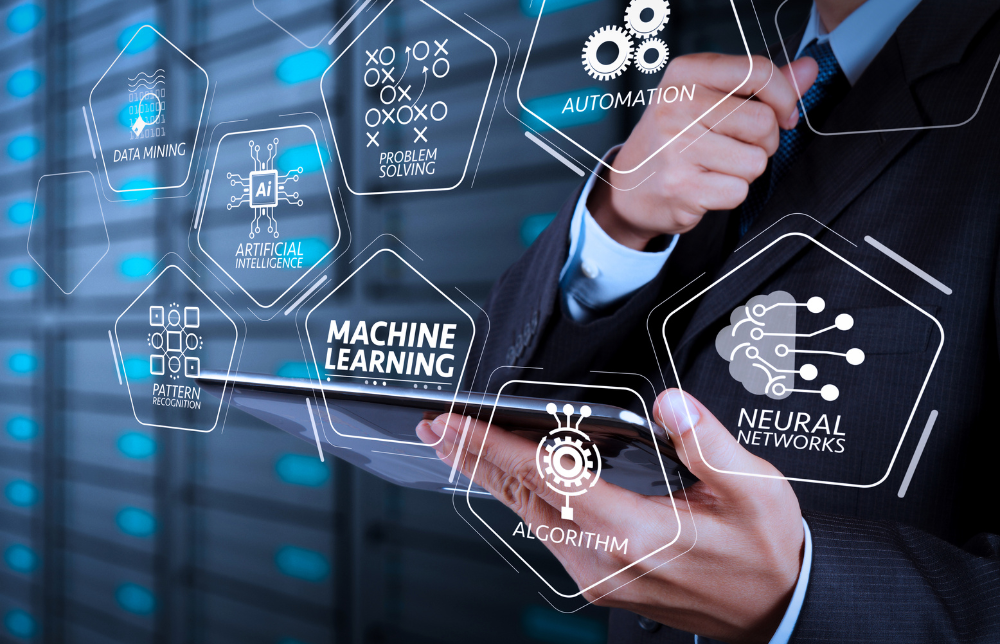The future of work: Insights from Facebook
With almost 36,000 employees and a truly global reach, when Facebook shares its insights about the new world of work, others tend to listen. Such was the case when Ross ...

With almost 36,000 employees and a truly global reach, when Facebook shares its insights about the new world of work, others tend to listen. Such was the case when Ross Sparkman, Head of Strategic Workforce Planning at Facebook, delivered the keynote speech at the recent National HR Summit in Sydney.
Sparkman outlined to a packed house the forces that are redefining the work experience for employees, leaders and HR professionals around the globe. You may not work for a multinational giant, but here are 5 key trends that will impact all workplaces…
- Keeping up with change
Change is nothing new for HR professionals who have helped steer transformation projects – but what is new is the pace of change. When it comes to organisational transformations, the time taken to prepare, the actual change process timelines and the timeframe for expected results have all condensed. For digital transformations this intensity is magnified again. However, Sparkman said it’s critical to remember that the ability of people to adapt to change has not kept pace – and HR in particular is lagging.
According to Deloitte,[1] only 22% of business leaders believe HR is adapting to the changing needs of their workforce and only 20% feel that HR can adequately plan for the company’s future talent needs.
- There is no “I” in team
In one of his more divisive statements, Sparkman suggested that teams, rather than individuals, will shape how work is undertaken; in other words, the whole will be greater than the individual parts. He even foresees a time when performance appraisals for individuals will largely be superseded by team performance appraisals – something that occurs to a less extreme extent today. The key questions will be how each individual contributed to the success of that team and then what impact that team has had on organisational success. He added that building teams of complementary skillsets will be critical and there will be considerably more cross-functional collaboration.
“It’s no longer necessary to be the smartest person in the room,” Sparkman said. “Ideally individuals and teams will work together to get things done. And of course, a machine will be smarter than any group of individuals.”
- The way we work
The repercussions of new ways of working are only now starting to be understood. The rise of both remote working and the gig workforce are changing the cultural identities of organisations. In other words, the sometimes-indefinable elements that help define a company are going missing in action.
The gig economy consists of almost a million self-employed Australians, who work on a freelance or project basis, rather than permanent jobs. In addition, almost 70% of Australian employees work remotely at least 1 day a week[2].
In New Zealand, there are over 300,000 individuals who are, or have at some point been, in self-employment. 30% of employees work full or part-time from home or other remote locations.[3]
While these 2 trends are forcing employers to rethink communication, engagement, performance and many other aspects of the traditional employer/employee relationship, Sparkman was primarily concerned about their impact on corporate culture. He urged attendees to consider these 3 points:
- What happens to the culture of organisations that embrace these ways of working? How are values, mission and cultural norms adopted and followed?
- What happens to the “watercooler talk”, the DNA of most workplaces, if people are not in central locations?
- How do management practices have to adapt to bring these workers into the fold? For example, what needs to change in terms of performance management if a manager doesn’t physically see that person for long stretches of time?
- Skills for the future
Sparkman suggested that “soft” skills will be just as important – if not more so – than technical skills. “When it comes to technical skills, we must remember that machines will be smarter than the smartest human,” he said. “However, curiosity, social intelligence, humility and creativity are harder to replicate and will be highly sought after.”
Sparkman added that “skills-based workforce planning” will become critical in coming years, as skills are the new currency in the 21st century workplace. A skills-based workforce segmentation approach factors in both the value and uniqueness of skills for a particular role to the organisation. Value and uniqueness are the elements that differentiate most, if not all, human capital.
This approach to workforce planning will naturally have ripple effects for learning & development. For example, valuable skills are those that improve the efficiency and effectiveness of the organisation, exploit market opportunities and/or neutralise potential threats. Unique skills, on the other hand, are rare and specialised, or organisational specific. They are hard to find in the open market, hard to replace and difficult for competitors to imitate or duplicate. Both these skills types need to be nurtured over time, using different methods – meaning the L&D functions in most organisations will be stretched.
- Digital strategy
A digital strategy underpins how employers operate in this new world. However, what constitutes a digital strategy? It depends on who is asked. An IT professional will see a digital strategy as being anything cloud-based. A marketing executive will suggest a digital strategy revolves around social media and web channels. An R&D professional would consider online products to be a key component of a digital strategy, and so on. How about HR? It’s complicated and there are many moving parts to consider. A digital strategy for HR needs to mirror the organisational strategy, but it’s ultimately about service delivery.
HR must prioritise connectivity, real-time operations, mobile-first approaches and automation. On the last point, Sparkman cited statistics from McKinsey & Company indicating that automation could raise productivity growth on a global basis by as much as 0.8 to 1.4% annually. McKinsey suggests half of all the activities people are paid to do in the world’s workforce could potentially be automated.[4] For HR, robotic process automation could mean that up to 56% of typical “hire-to-retire” tasks could be automated with limited process changes.[5]
If that’s not enough, Sparkman suggested that HR must “develop the leaders, guide the innovation, build the skills and streamline the processes to make it work”. He also said it’s up to HR to create a unique brand proposition to attract and retain the best, most tech-savvy talent.
The future is bright
Despite these seemingly daunting challenges, Sparkman remains upbeat about the future. “HR will play a huge role in the future of work,” he said. “More than ever before, HR can also be a true partner to the business.”
ELMO Cloud HR & Payroll helps organisations manage their employees more effectively by automating and streamlining HR processes. From recruitment to learning, discover how ELMO can potentially save your organisation time, money and resources across the entire employee lifecycle. Contact us today.
[1] “Reinventing HR: An Extreme Makeover”, Deloitte Insights, 2015
[2] International Workplace Group study, 2018
[3] https://www.horizonpoll.co.nz/page/418/the-big-and-
[4] “A Future that Works: Automation, Employment, and Productivity”, McKinsey & Company, January 2017
[5] “Human Resources in the Age of Automation”, McKinsey & Company, January 2018
 HR Core
HR Core 









